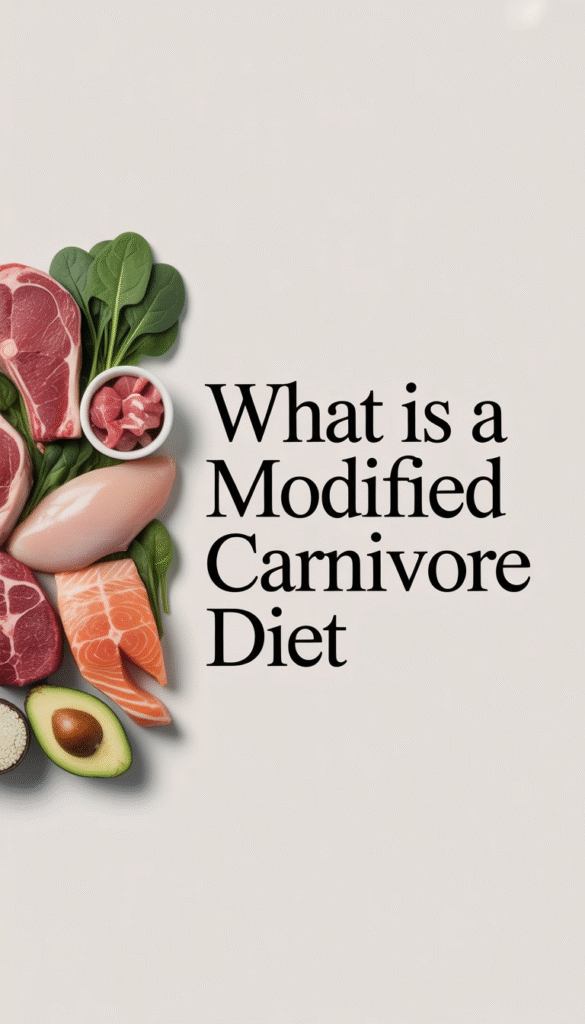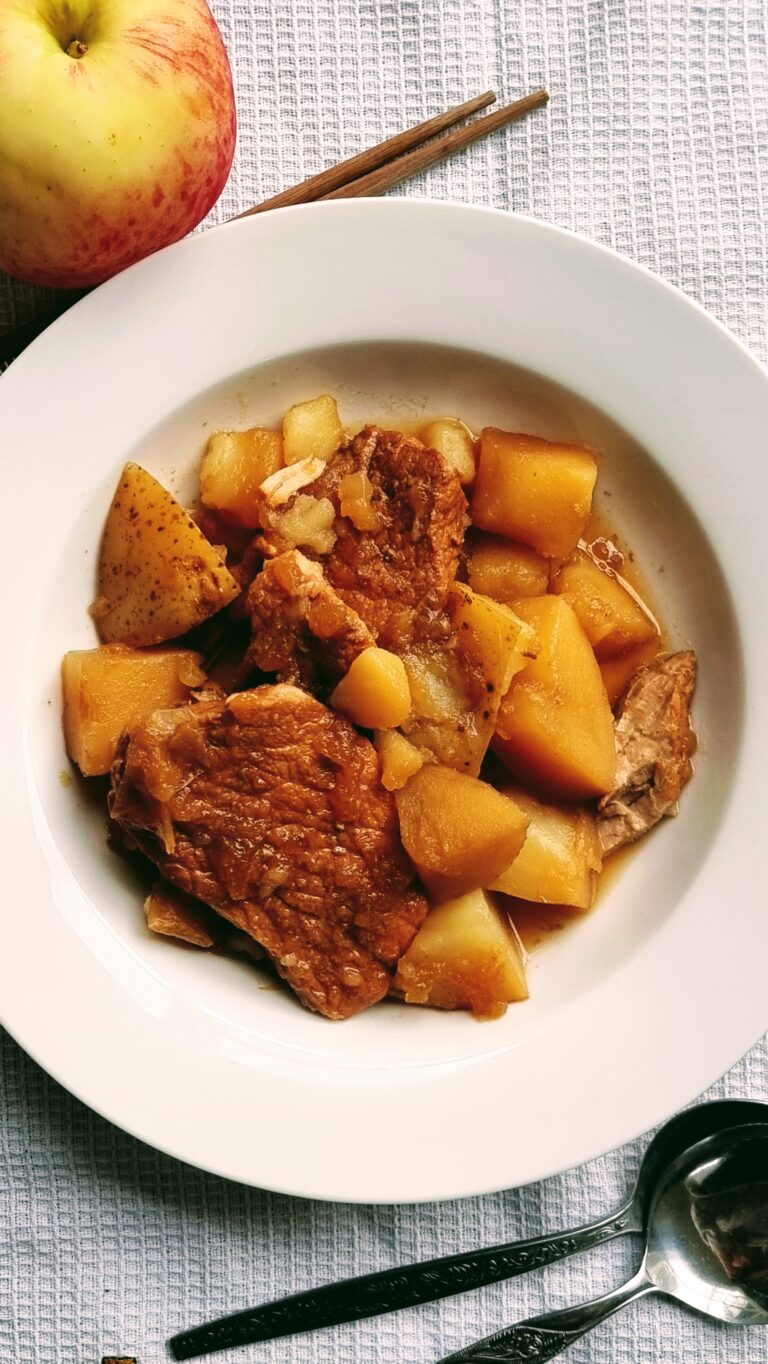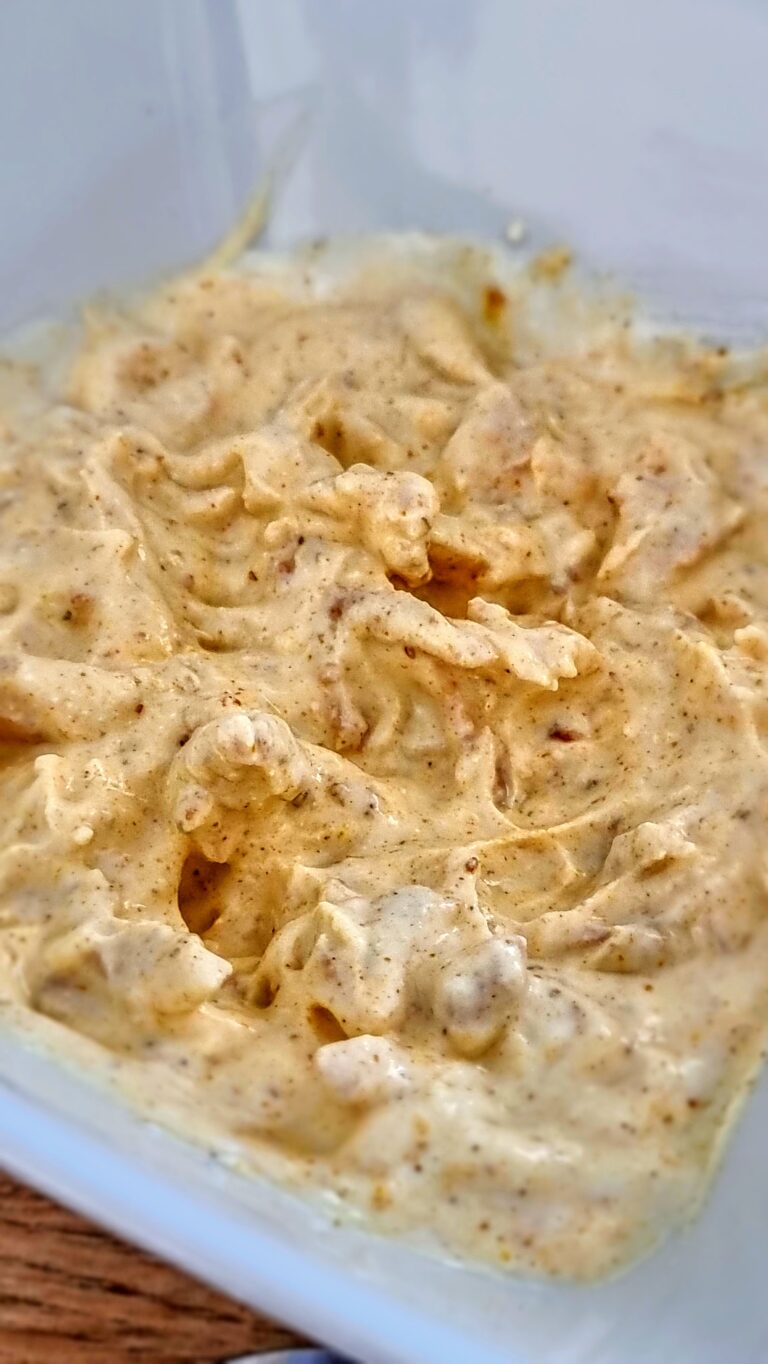What is a Modified Carnivore Diet
If you’re curious about the modified carnivore diet, it’s basically a version of the classic carnivore diet that adds a bit more flexibility. The modified carnivore diet focuses mostly on animal foods like meat and eggs but allows some plant-based items, like fruits or leafy greens, to make it easier to follow and less strict. This can help you enjoy more variety while still sticking to a mostly meat-based plan.
This post may contain affiliate links. For more information, please see our disclaimer.
This articles is not medical advice and it is suggested to seek professional advice before changing your diet.

You might find the full carnivore diet too limiting, especially if you’re used to eating carbs regularly. The modified version lets you transition more smoothly and keeps things interesting without giving up the core benefits of eating mostly animal products. If you’re wondering how this option might fit your lifestyle or health goals, reading further will give you some practical ideas to get started.
Core Principles of the Modified Carnivore Diet

The modified carnivore diet focuses on mostly animal-based foods while allowing some plant foods to add flexibility. It balances a high-protein, high-fat approach with small amounts of fruits or vegetables. You’ll learn how this diet differs from a strict all-meat plan, what foods are included or avoided, and how people customize it to fit their needs.
Key Differences From the Strict Carnivore Diet
The strict carnivore diet sticks to only animal products like beef, chicken, pork, fish, eggs, and animal fats. It excludes all plant-based foods such as fruits, vegetables, nuts, seeds, legumes, and grains. This all-meat diet is very low in carbs and focuses on protein and fats.
The modified carnivore diet, on the other hand, allows some plant foods, like some vegetables, fruits, or white rice. This makes it easier if you want a little variety or are transitioning from a higher-carb diet. It’s less restrictive but still emphasizes animal-based foods and healthy fats. The modified version may feel more sustainable for many because it provides a wider range of nutrients.
What Foods Are Allowed and Excluded
You’ll get most of your calories from animal products, including beef, chicken, pork, fish, eggs, and animal fats. These provide protein and energy. Dairy may be included if you tolerate it well.
Allowed plant foods usually include small amounts of fruits like berries or low toxin vegetables like squash, pumpkin or cucumber. You can test certain foods like rice or potatoes.
Foods excluded generally are grains and legumes. Processed foods, sugars, and artificial ingredients are also avoided. This diet doesn’t restrict carbs.
Popular Variations and Personalization
People personalize the modified carnivore diet based on their goals, preferences, and tolerance to certain foods. Some try versions like the lion diet, which is mostly meat with very little else, or an ancestral diet that includes some fruits and vegetables.
Others mix carnivore principles with the paleo diet, which encourages whole foods but limits grains and legumes. You might also see “pro-metabolic” diets that combine animal products with select plant foods to support metabolism.
This flexibility makes it easier to stick with the diet long term. You can adjust which animal products or plants you eat depending on how your body reacts and what you enjoy.
Health Effects and Practical Considerations

A modified carnivore diet can change how your body works by cutting carbs while mostly eating animal foods. It may help with weight, blood sugar, and energy, but you also need to watch out for missing nutrients and digestive issues.
Potential Benefits and Why People Choose It
Many people try the modified carnivore diet to lose weight and lower blood sugar. Because you eat mostly meat and fat, your body can enter ketosis, which may boost energy and reduce cravings. Some report better mental focus and less inflammation, which helps with chronic pain or brain fog.
The diet is lower in carbohydrates, which can improve metabolic health and support fat loss. It can be easier to stick to than pure carnivore because you still get some plant foods. People with food sensitivities or digestive problems often prefer this approach since it may reduce symptoms like bloating, constipation, or diarrhea.
Depending on your body type and needs, you can try changing the amount of carbs you have to see how you feel.
Risk Factors and Nutritional Gaps

If you’re mostly eating meat, you risk missing fiber, vitamin C, and other nutrients found in plants. Fiber is important for gut health and the microbiome, so its lack can cause constipation or change digestion. Taking care of nutrient gaps is essential to avoid issues like scurvy or weakened immunity.
This diet can be restrictive, making it harder to meet all essential amino acid needs if meat quality is low or variety limited. High fat intake might affect cholesterol for some people. You should be mindful if you have kidney problems or certain medical conditions before starting.
Who Might Consider a Modified Approach

If you want many benefits of a carnivore diet but are worried about strict rules or side effects, this approach could fit you. Athletes might use it to get protein and fat without cutting out all carbs, helping energy and recovery.
People with autoimmune problems, blood sugar issues, or gut troubles may find the flexibility helps manage symptoms. It suits those who want a low-carb, high-fat plan but still want some freedom to include nuts, seeds, or low-carb vegetables.
If you found a strict carnivore diet too hard to follow or felt weak, this might be a good middle ground.
A lot of people use this diet as an elimination diet, to help the body heal by removing potential foods that could cause issues, then reintroduce them later. There are a few people online who are big in this space and even they try adding in a variety of foods and experiment to see what works best for them.
In the end it depends on what your needs are, I think everyone could agree removing heavy processed foods and reducing sugar is a good step towards a better diet.








